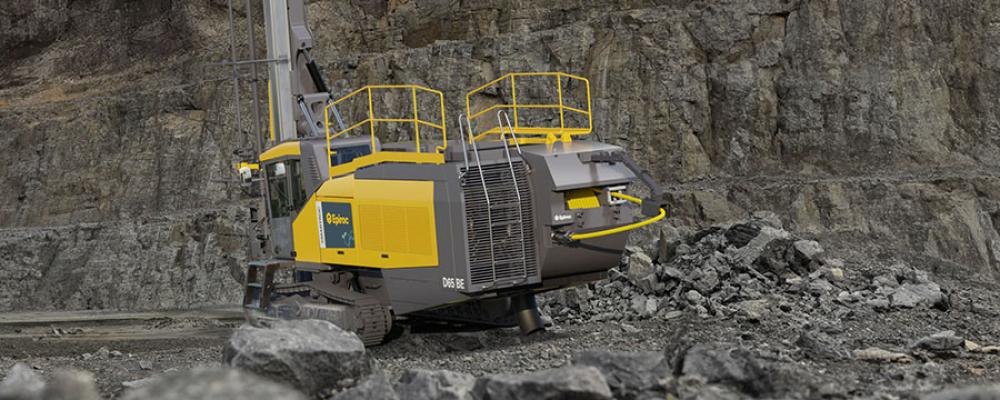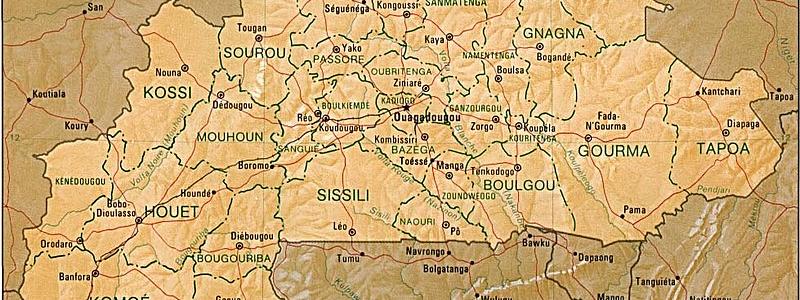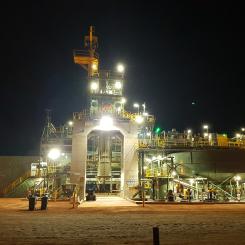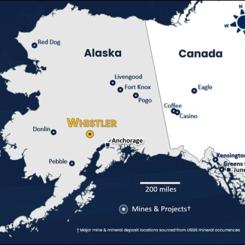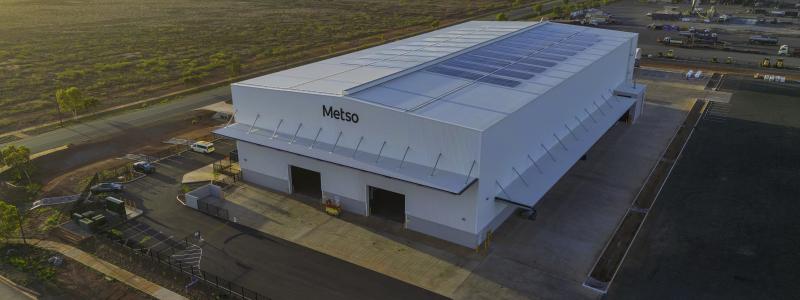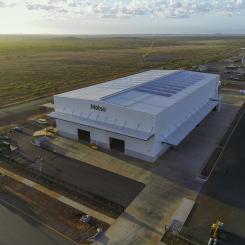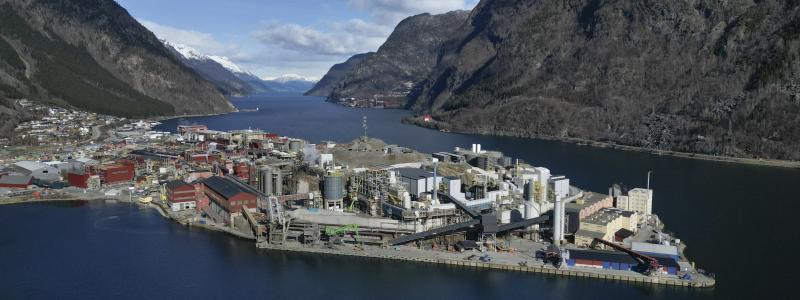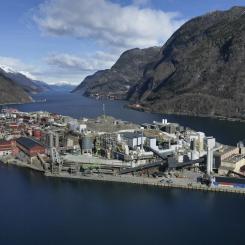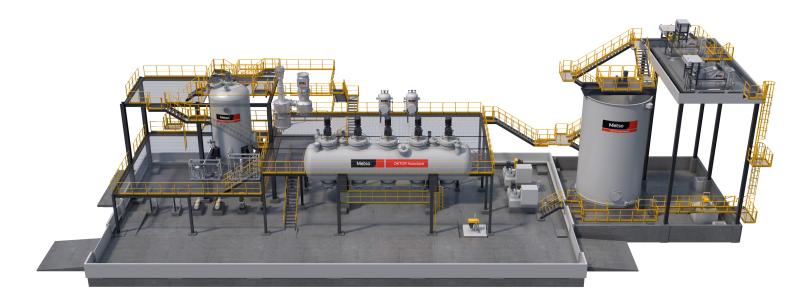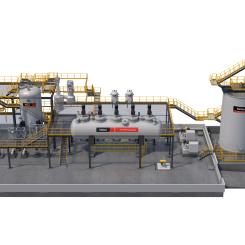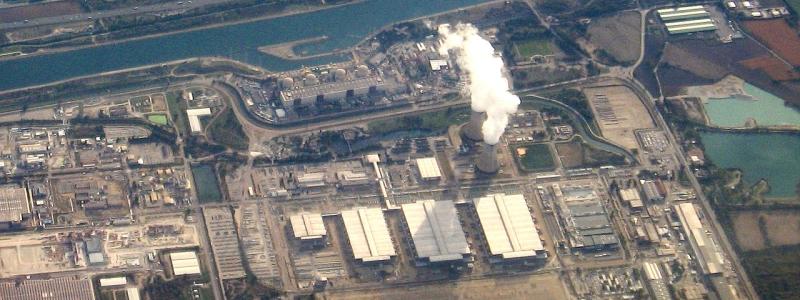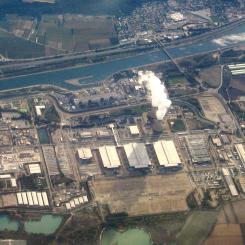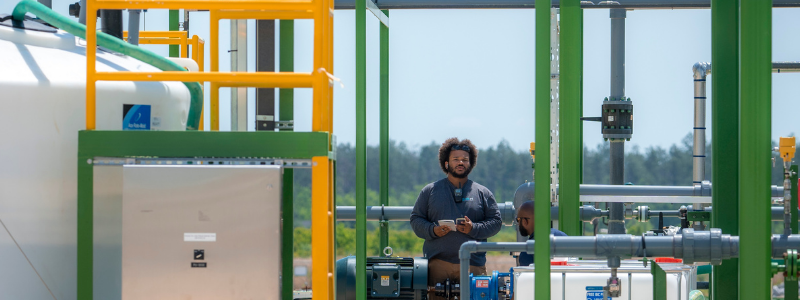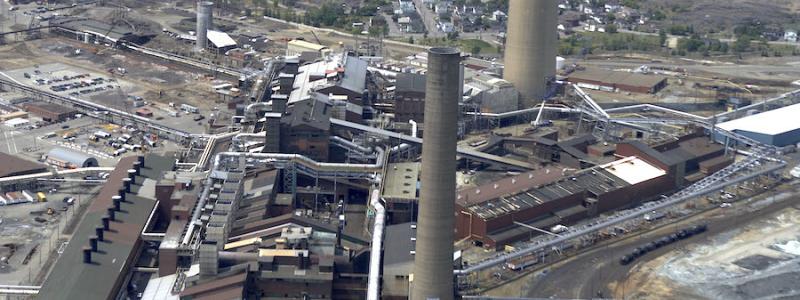The Indonesian Ministry of Energy and Mineral Resources’ (MEMR) plan to advance the nickel-ore export ban from 2022 to January 2020 can pave the way for higher exports of the metal from the Philippines to China, says GlobalData, a leading data and analytics company.
According to GlobalData’s report, ‘Nickel Mining in the Philippines to 2023’, the Philippines is the world's second-largest producer of nickel, behind Indonesia, and accounted for nearly 16% of global production in 2018.
However, production volumes fell sharply by 28.5% in 2016, when the country’s Department of Environment and Natural Resources launched an audit process for over 40 metallic mines, and shutdown 27 mines, 19 of which were producing nickel, leading to a drop in production of over 100 thousand tonnes (kt).
Vinneth Bajaj, Senior Metals and Mining Analyst at GlobalData, says: “Since then, production although revived, but has been reliant on a small number of operations such as the Taganito mine, the largest nickel-producing mine with 76.3kt of nickel production in 2018.”
Other key operating assets are the Cagdianao, Rio Tuba, Cagdianao, Carrascal and Adlay Cagdianao Tandawa mines. Together, they produced a combined 260.6kt of nickel in 2018, 75.6% of the country’s total and 25% more than the 208.4kt in 2017.
Bajaj continues: “With the ban on exports from Indonesia, solid growth in output from the Philippines is expected as the country's miners take advantage of rising demand from China, where higher demand for lithium-ion batteries and stainless steel is forecast to increase the country’s nickel consumption.”
According to GlobalData, the demand for nickel in China is expected to grow from an estimated 1.6 million tonnes (Mt) in 2019 to over 2.1Mt in 2023.
GlobalData forecasts nickel production in the Philippines to expand by 3% to 355kt in 2019 and then rise to 381.4kt by 2023. This will be supported by the commencement of the Acoje and Mindoro projects, which have a combined nickel production capacity of 38kt and are expected to start operations in 2021 and 2023, respectively.
After a steep decline throughout the second half of 2018, owing to the escalated US-China trade war, the price of nickel has reached a 56-month high of US$15,748/t in August 2019. With supply constrained, world nickel prices are forecast to further rise.
Bajaj concludes: “Should the ban go ahead, this will be just the boost the Philippines’ nickel sector needs, helping it to recover from the aftermath of the regulatory measures implemented by the country’s government and advance new capacities.”







